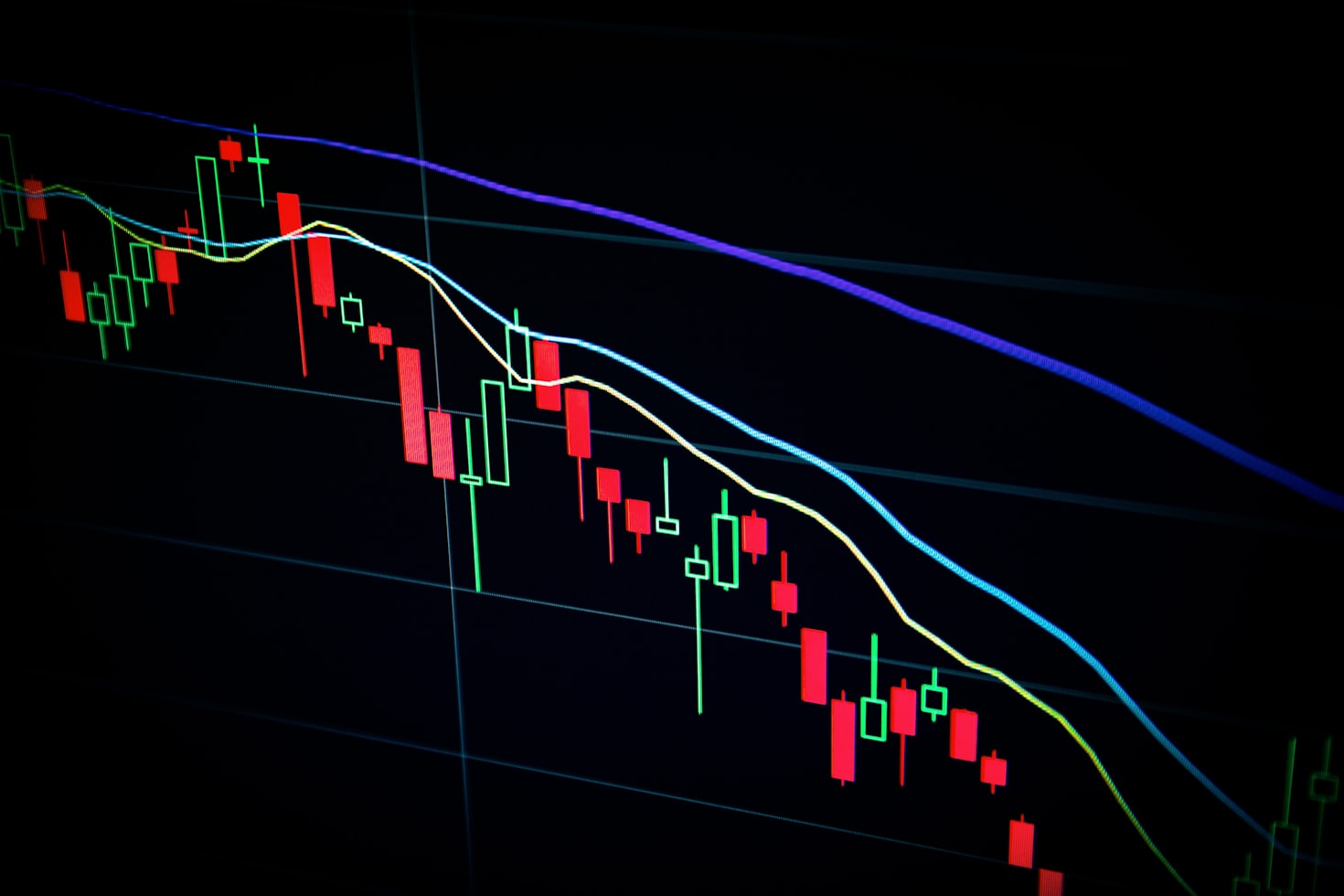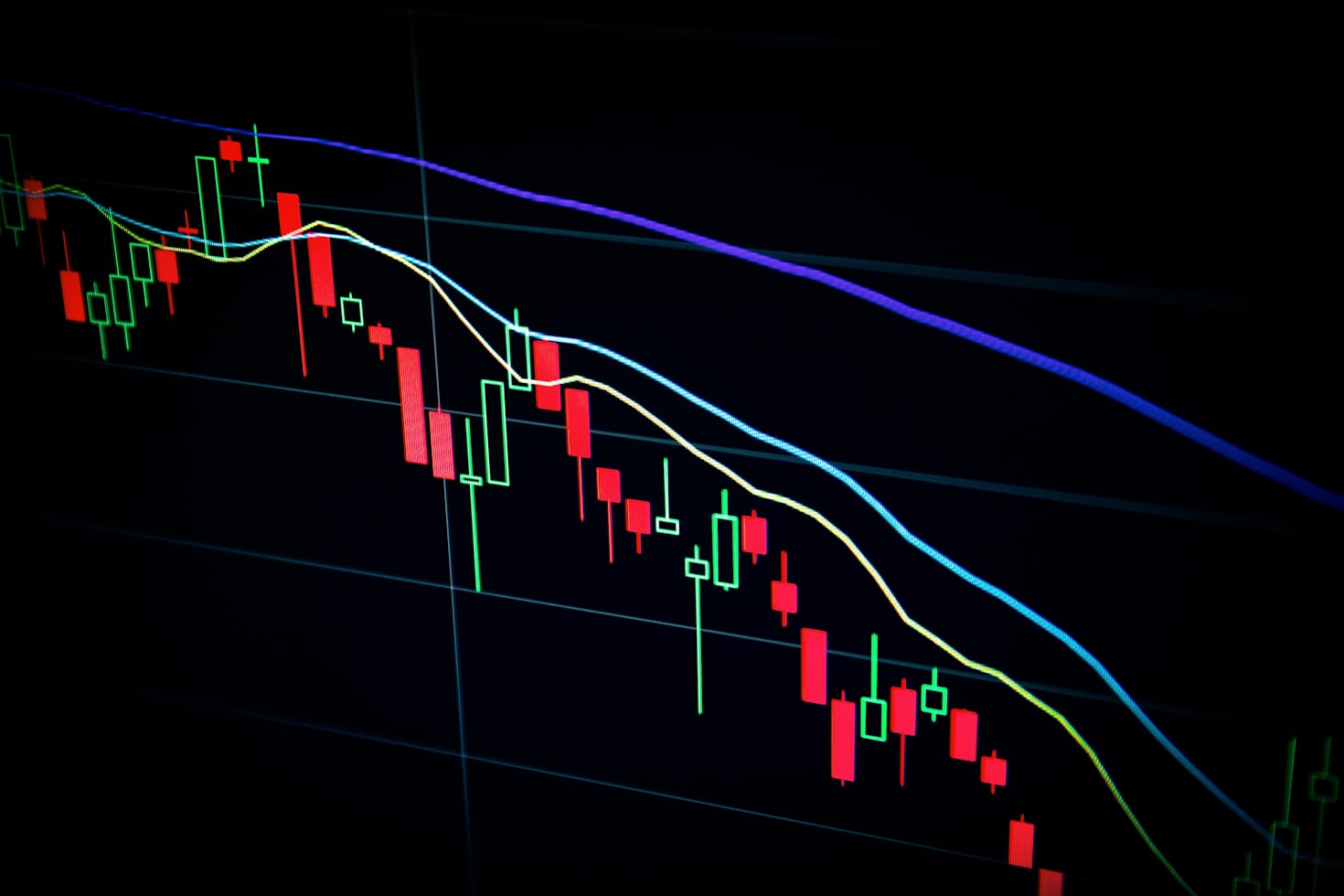India’s Exports to the US: A Tariff Conundrum

As the global economy continues to navigate the complexities of trade wars and tariffs, India is facing a significant challenge. A recent report by Emkay suggests that a 10% tariff on Indian exports to the US could result in a loss of USD 6 billion, while a 25% tariff could lead to a staggering loss of USD 31 billion. In this blog post, we’ll delve into the implications of these tariffs on India’s economy and its investors.
The Indian Economic Environment
India’s economy has been experiencing a growth slowdown in recent years, with GDP growth rates declining to 6.8% in 2020 from 7.2% in 2018. The country’s dependence on imports, particularly from the US, has increased, making it vulnerable to the impact of tariffs. The Indian rupee has already weakened against the US dollar, making imports more expensive and potentially exacerbating the inflationary pressures.
Sectors Most Vulnerable
The apparel and gems/jewellery sectors are the most vulnerable to the proposed tariffs. India is one of the largest exporters of apparel and textiles to the US, with a significant portion of its exports coming from small and medium-sized enterprises (SMEs). A 25% tariff could lead to a significant increase in costs, making it difficult for these SMEs to remain competitive in the global market.
Impact on Indian Investors
For Indian investors, the proposed tariffs could have a significant impact on their portfolios. The rupee’s depreciation could lead to a decline in the value of their investments in US-denominated assets, such as stocks and bonds. Additionally, the increased cost of imports could lead to higher inflation, potentially eroding the purchasing power of their investments.
Comparison with Global Markets

The proposed tariffs are not unique to India. The US has imposed tariffs on several countries, including China, Mexico, and the European Union, as part of its trade war strategy. However, India’s economy is more vulnerable to the impact of tariffs due to its large dependence on imports.
Unique Aspects of the Indian Market
India’s market has some unique aspects that make it more susceptible to the impact of tariffs. The country’s informal sector, which accounts for a significant portion of its economy, is particularly vulnerable to the impact of tariffs. The informal sector is often characterized by small-scale enterprises and individual entrepreneurs who operate outside the formal regulatory framework. These enterprises may not have the resources or infrastructure to adapt to the impact of tariffs, making them more vulnerable to disruption.
Conclusion
The proposed tariffs on Indian exports to the US could have significant implications for India’s economy and its investors. The apparel and gems/jewellery sectors are the most vulnerable, and the country’s dependence on imports makes it susceptible to the impact of tariffs. As the situation unfolds, Indian investors would do well to monitor the developments closely and adjust their portfolios accordingly. It is essential for the Indian government to engage with the US to negotiate a favorable trade agreement that minimizes the impact of tariffs on Indian exports.
Key Takeaways
Image Suggestions


